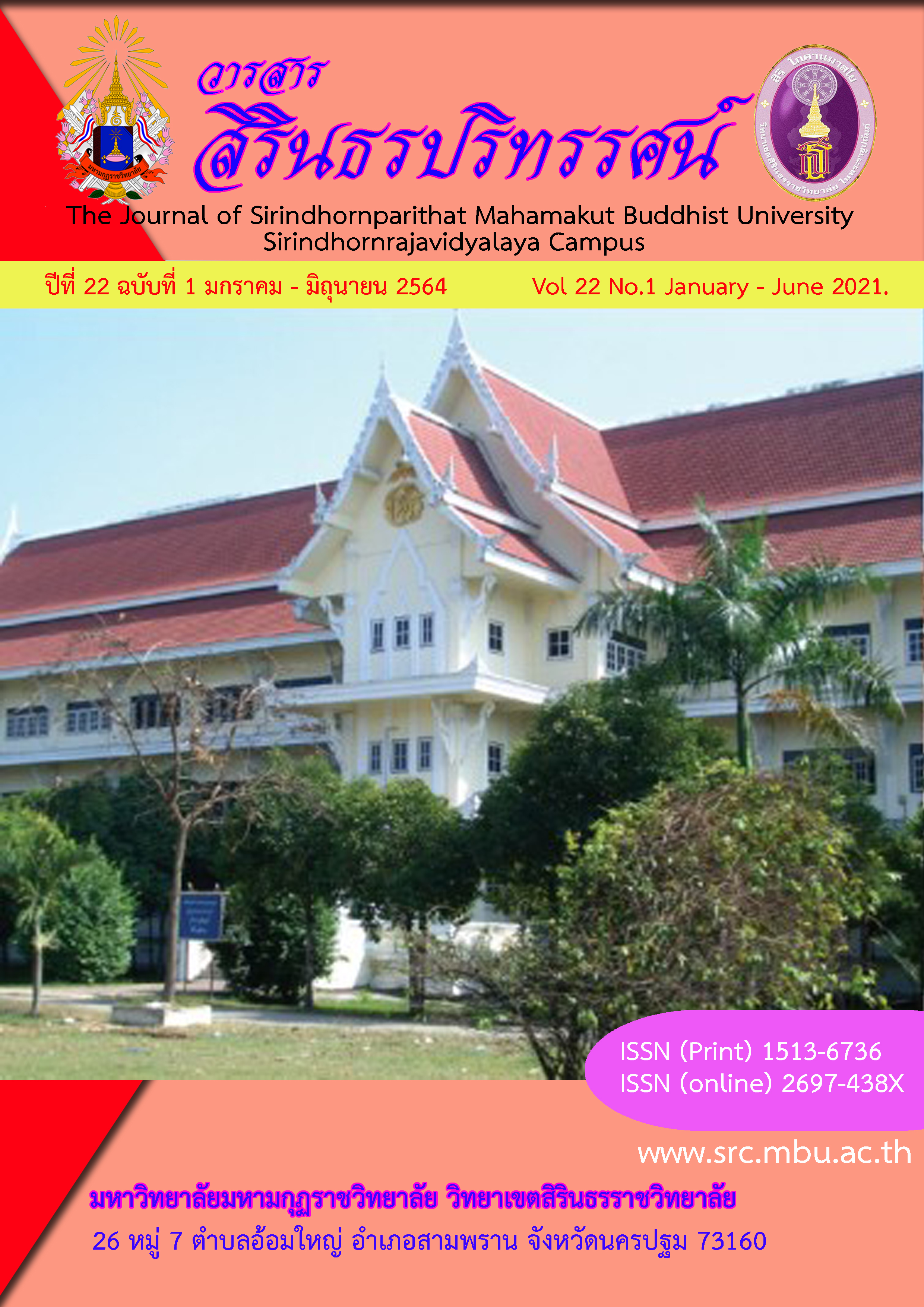The Spiritual Leadership of His Holiness the Dalai Lama
Abstract
This paper presents the history of His Holiness the Dalai Lama, his leadership and responsibility, and his teachings. The results of the study showed that His Holiness is the person who was born with special traits that made him “great” leader. Intelligence, self-confidence, determination, integrity, and sociability are some of the important traits that are consistently found in His Holiness. His Holiness the Dalai Lama is a man of peace. In 1989 he was awarded the Nobel Peace Prize for his non-violent struggle for the liberation of Tibet. He has consistently advocated policies of non-violence, even in the face of extreme aggression. His Holiness has traveled to more than 52 countries and met with presidents, prime ministers and crowned rulers of major nations. He has held dialogues with the heads of different religions and many well-known scientists. From 1959 to 2010 His Holiness has received over 94 honorary doctorates, awards, prizes, etc., in recognition of his message of peace, non-violence, inter-religious understanding, universal responsibility, and compassion. His Holiness has also authored more than 50 books. Studying His Holiness’s story gives us the other viewpoints of how he uses Ahimsa (non-violence), love, compassion, wisdom, and peace in trying to negotiate with the Chinese government to solve the problems of his Tibetan people. His ongoing efforts to end the suffering of the Tibetan people through peaceful negotiations and reconciliation have required enormous courage and sacrifice.
References
Channuwong, S. (2009). Strategies for reducing stress among managers: An integrated physical and spiritual approach. International Journal of Management, 26(4), 2009.
Channuwong, S. (2014). Buddhist Approaches to Managing Stress and Improving Mental Health. University of the Thai Chamber of Commerce Journal, 34(2), 2014.
Dalai Lama, H.H. (2001). An Open Heart: Practicing Compassion in Everyday Life. New York: Time Warner Trade.
Dhammanandha, D. S. (2013). Buddhism for the Future. Taiwan: The Corporate Body of the Buddha Education Foundation.
Dominique, S. (2002). The spirit of peace: His Holiness the Dalai Lama. Hammersmith, London: An Imprint of HarperCollins Publishers.
Donald, C. Mosley., Paul, H. Pietri., & Leon, C. Megginson. (1996). Management leadership in action. NY: HarperCollins College Publishers.
Feuerstein, G.Yoga and meditation (2006). Moksha Journal, 1(3), 2006.
Fleishman, Mundord, Zaccaro, Levin, Korothin, and Hein. (1991). Taxonomic efforts in the secretion of leader behavior: A synthesis and functional interpretation. Leadership Quarterly, 2(4), 1991.
Mitchell, D. W. (2002). Buddhism: Introducing the Buddhist Experience. New York: Oxford University Press.
Peter, G. N. (2000). Leadership: Theory and practice. Thousand Oaks, CA: Sage Publications.
Downloads
Published
Issue
Section
License
บทความที่ได้รับการตีพิมพ์เป็นลิขสิทธิ์ของ มหาวิทยาลัยมหามกุฏราชวิทยาลัย วิทยาเขตสิรินธรราชวิทยาลัย
ข้อความที่ปรากฏในบทความแต่ละเรื่องในวารสารวิชาการเล่มนี้เป็นความคิดเห็นส่วนตัวของผู้เขียนแต่ละท่านไม่เกี่ยวข้องกับหาวิทยาลัยมหามกุฏราชวิทยาลัย วิทยาเขตสิรินธรราชวิทยาลัย และคณาจารย์ท่านอื่นๆในมหาวิทยาลัยฯ แต่อย่างใด ความรับผิดชอบองค์ประกอบทั้งหมดของบทความแต่ละเรื่องเป็นของผู้เขียนแต่ละท่าน หากมีความผิดพลาดใดๆ ผู้เขียนแต่ละท่านจะรับผิดชอบบทความของตนเองแต่ผู้เดียว




